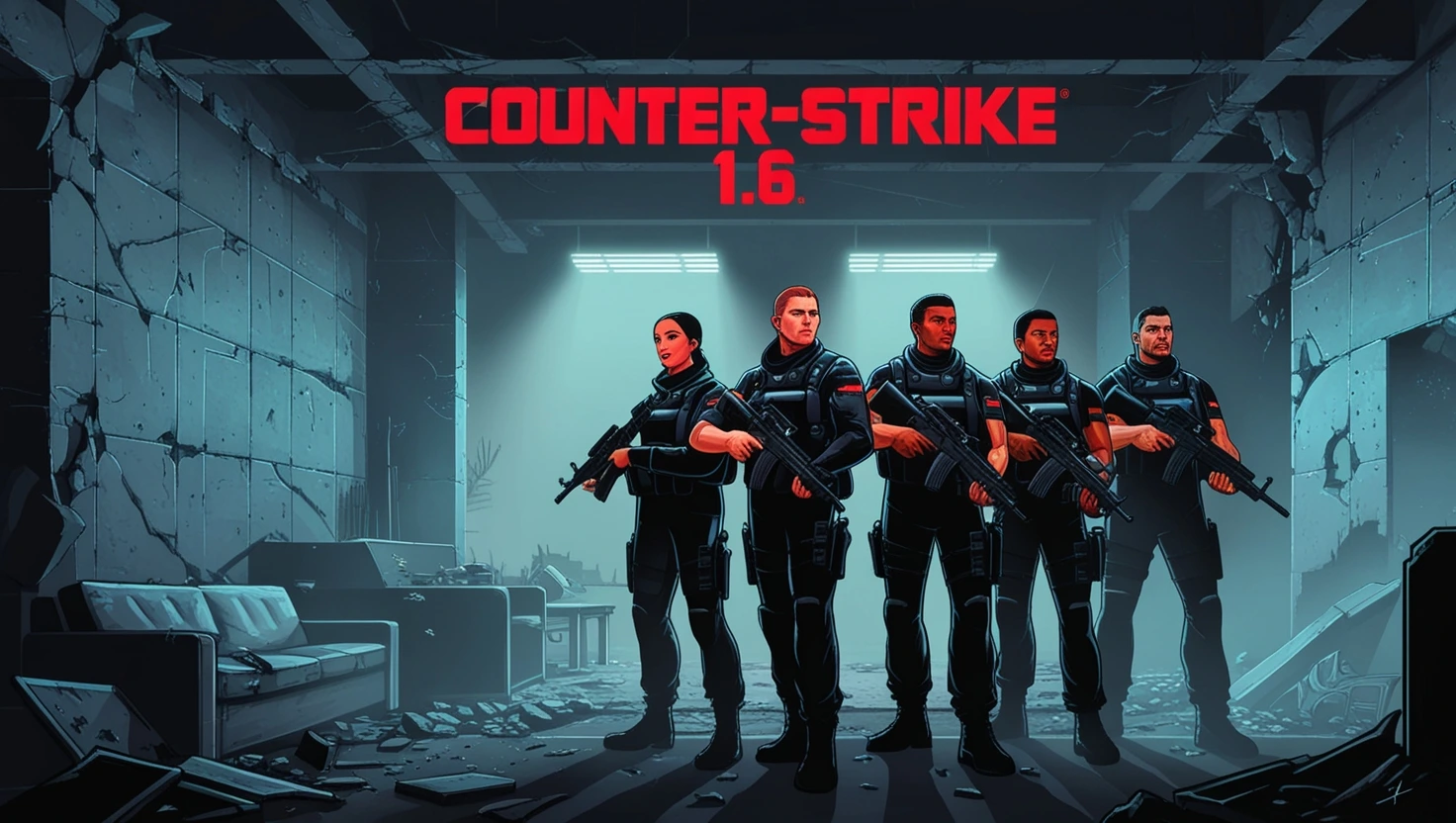
Introduction
Counter-Strike 1.6 (2003) game icons banners released in 2003, is a legendary FPS game with millions of players. While its gameplay mechanics and competitive scene have received notice, its identity and community participation depend on its symbols and banners. Graphics are essential for communication, branding, and player connection. This post explores how these graphics have changed player experiences and competitive play throughout history and their strategic value.
The Importance of Counter-Strike 1.6 (2003) game icons banners
First Impressions
Players first interact with Counter-Strike 1.6 (2003) game icons banners through its icons and banners. They are not just cosmetic; they help players identify with a company and build community and loyalty. Launching the game shows players its atmosphere, style, and competitive spirit through its icons. Player engagement and return can be sustained by a strong visual identity.
Enhancing Player Engagement
Icons make guns, equipment, and objectives easy to spot, improving gameplay. This capability makes the game easy for beginners and experts to play. A clearly visible grenade or weapon icon can save seconds in intense gameplay, where every second matters. These elements are easier to spot, improving gameplay and player happiness.
Building Community Connections
Icons and banners help form communities. Promotional materials, tournaments, and fan art use them to create a visual language that bonds players. Fans feel connected when they make game-inspired banners or iconography. These graphics become symbols of clan or team pride, strengthening ties between players with similar interests or experiences.
The Evolution of Counter-Strike 1.6 (2003) game icons banners
Early Designs
Game icons started with simple forms and limited color palettes. This minimalism was meant to aid recognition in fast-paced games. Minimal banners symbolizing game teams or factions followed suit. Developers needed more visually appealing visuals to attract players while keeping functionality as technology evolved.
Developments Over Time
As technology advanced, so did the complexity of icons and banners. They evolved from simple representations to intricate designs with textures and gradients. This shift mirrored player expectations for more detailed and customizable gaming environments. The introduction of higher resolutions allowed artists to incorporate more detail into their designs, making them not only functional but also visually stunning.
| Aspect | Details |
| Early Icon Design | Simple shapes, minimal color for quick recognition |
| Banner Evolution | Started minimalist; became detailed with custom designs |
Iconic Counter-Strike 1.6 (2003) game icons banners
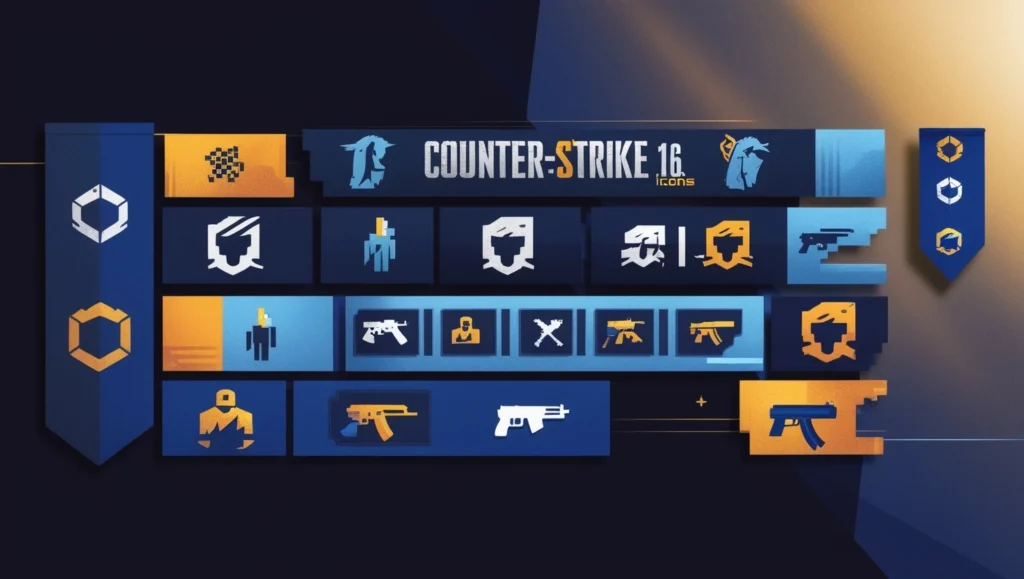
Most Recognizable Icons
The Counter-Terrorist (CT) and Terrorist (T) icons are central to the game’s identity. These symbols not only represent the teams but also embody the intense competition that defines Counter-Strike. Players often form emotional connections with these icons as they represent their allegiance during matches. Over time, these images have become synonymous with competitive gaming culture itself.
Ark: survival evolved (2017) game icons banners
The influence of icon design on gameplay
Weapon icons like those for the Desert Eagle or AK-47 are meticulously crafted to resemble their real-life counterparts. This attention to detail aids players in quickly selecting their preferred weapons during matches. A well-designed icon can also communicate essential information about weapon stats or usability at a glance, allowing players to make informed decisions under pressure.
Cultural Impact of Iconic Imagery
Counter-Strike 1.6 (2003) game icons banners icons have transcended the game itself, becoming symbols within gaming culture. They evoke nostalgia for veteran players while introducing new fans to the game’s rich history. Merchandise featuring these iconic images—such as apparel or collectibles—further solidifies their status as cultural artifacts within the gaming community.
The Art and Psychology Behind Game Banners
Design elements that capture players.
Banners in Counter-Strike 1.6 (2003) game icons banners are designed not just for aesthetics but also to enhance player immersion. Elements like color schemes, typography, and imagery contribute to an engaging atmosphere that draws players into the game world. Effective design can create an emotional connection that enhances the overall gameplay experience.
Emotional Resonance: Nostalgia and Connection
For many players, these visuals evoke memories of intense matches and community interactions. The familiarity of certain banners can trigger emotional responses tied to their gaming experiences. This nostalgic connection can lead to long-term loyalty to both the game and its community.
The Role of Color and Typography in Engagement
Effective use of color and typography can influence player perception and mood during gameplay. Banners that reflect team colors or themes help reinforce group identity among players while enhancing their sense of belonging within their chosen teams or clans.
Customization and Personalization of Banners
Empowering Players through Customization
Counter-Strike 1.6 (2003) game icons bannersallows players to customize their banners and icons, enabling unique expressions of style and allegiance. This customization fosters a vibrant community where individual creativity thrives. Players often take pride in showcasing their personalized designs during matches or tournaments.
Tools and Resources for Customization
Players can access various tools for creating custom designs—from simple color adjustments to complex graphic art—allowing them to showcase their personalities within the game. Many online platforms provide tutorials on how to create eye-catching banners that resonate with other gamers.
Examples of Popular Personalized Banners
Community forums often feature galleries showcasing fan-made banners that highlight creativity while promoting events or celebrating achievements within the game. These personalized visuals contribute significantly to community engagement by encouraging collaboration among players.
Community-created icons and banners
The Power of Community Contributions
The active involvement of fans in creating custom icons and banners has enriched Counter-Strike 1.6’s visual landscape. These creations often reflect personal touches that resonate with other players while showcasing individual artistry.
Showcasing Notable Community Designs
Many fan-made designs have gained popularity within the community, becoming staples in tournaments or promotional materials that celebrate player achievements. These visuals often serve as rallying points for clans or teams during competitions.
Collaboration Between Players and Developers
The relationship between players’ creativity and developers’ support has led to a dynamic ecosystem where visuals continually evolve based on community feedback. Developers often encourage this creativity by hosting contests or featuring fan art on official channels.
The Role of Counter-Strike 1.6 (2003) game icons banners in Competitive Play
Branding Teams Through Visuals
In competitive settings, team branding through unique icons and banners is crucial for identity recognition among fans and opponents alike. A well-designed banner can enhance team spirit while making it easier for spectators to follow matches during tournaments.
Recognition Factors in Tournaments
Tournaments often feature elaborate banners that enhance the viewing experience while showcasing team spirit, further solidifying their place in competitive gaming culture. These visuals aid commentators in identifying teams quickly while adding an extra layer of excitement for viewers.
Impact on Team Strategies and Morale
Visual elements can influence team dynamics; well-designed icons may boost morale while fostering a sense of unity among team members during high-stakes matches. Teams often invest time in creating cohesive branding strategies that reflect their values or mission statements.
The Impact of Icons and Banners on Competitive Play
Psychological Effects on Players
The familiarity with specific icons can create psychological advantages during gameplay by reinforcing team identities or strategies among players. A strong visual identity can instill confidence in team members as they rally around shared symbols during competitions.
Case Studies: Successful Teams and Their Visuals
Analyzing successful teams reveals how effective branding through visuals has contributed to their recognition within the community, impacting their overall performance both onstage and offstage.
The Importance of Consistency in Branding
Maintaining consistent visual branding across various platforms helps teams build loyalty among fans while enhancing their professional image within esports competitions.
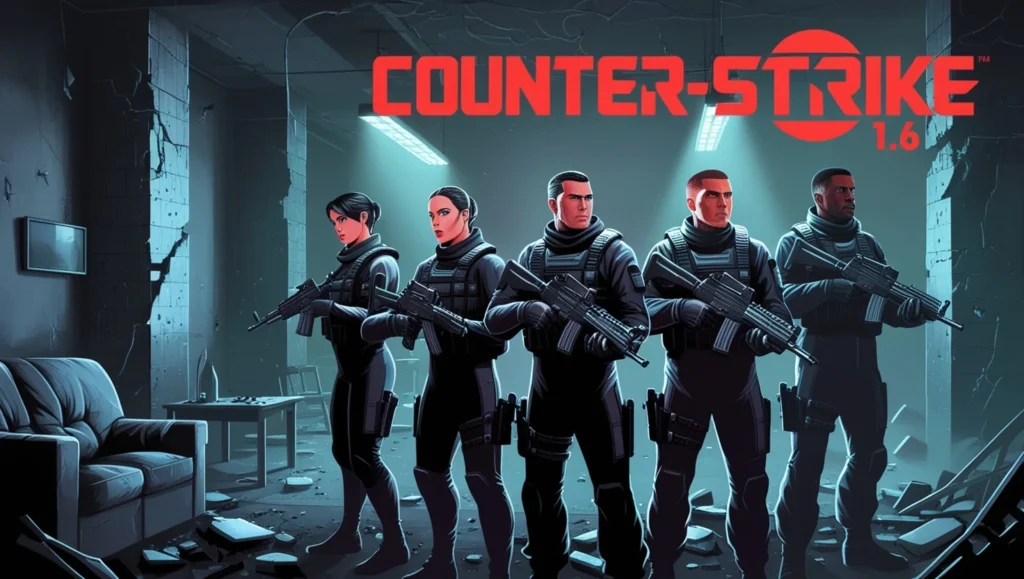
The Future of Counter-Strike 1.6 Visuals
Emerging Trends in Game Design
As gaming technology continues to evolve, so too will the visual elements associated with classic titles like Counter-Strike 1.6. Anticipated trends include higher resolutions, more intricate designs, greater customization options for players—and perhaps even integration with newer platforms like VR or AR systems.
Predictions for Community Involvement
The future will likely see increased collaboration between developers and the community as fan-created content continues to shape the game’s visual identity—potentially leading to official partnerships between prominent creators within the scene.
Potential technological innovations
Innovations such as augmented reality (AR) or virtual reality (VR) could redefine how visuals are experienced in games like Counter-Strike 1.6 while preserving their nostalgic charm—offering immersive experiences where iconic imagery comes alive before players’ eyes.
Conclusion
The icons and banners of Counter-Strike 1.6 are more than mere graphics; they represent a significant aspect of gaming culture that has influenced millions over the years—from casual gamers enjoying friendly matches at home to professional esports athletes competing on global stages alike! As we look back at this iconic title’s legacy today, it is clear these visual elements will continue evoking nostalgia while inspiring new generations alike! Whether through official updates from developers themselves—or creative projects initiated by passionate fans—the enduring impact remains undeniable!
FAQs About Counter-Strike 1.6 (2003) game icons banners
What are the main icons in Counter-Strike 1.6?
Key icons include weapon icons, health indicators, and team logos for quick recognition during gameplay.
How can I customize my icons and banners?
Use graphic design tools like Photoshop or GIMP to create or modify icons and banners, then save them in compatible formats.
Where can I find high-quality banners?
Check fan sites, gaming forums, and community archives for custom designs shared by other players.
Did tournaments feature custom banners?
Yes, many esports tournaments showcased custom banners to enhance team branding and event atmosphere.
How do icons and banners enhance gameplay?
They provide essential visual information, helping players navigate the game and coordinate with their team.
Can I install multiple icon packs?
No, only one icon set can be used at a time; you must replace the current files to switch packs.
What tools are best for creating banners?
Photoshop, GIMP, and Paint.NET are popular choices for designing custom graphics.
How do banners affect player psychology?
They boost team morale and can intimidate opponents, fostering a sense of unity among players.
Why are these visuals still popular?
Their simplicity and nostalgic value keep them relevant among both new players and veterans.
Can I use custom banners in official tournaments?
Custom banners may be restricted; check specific tournament rules for guidelines on usage.



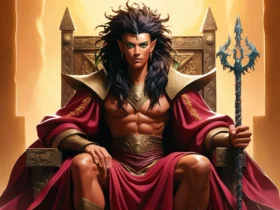





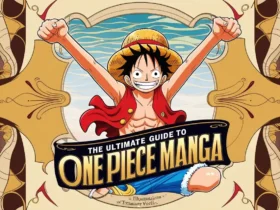


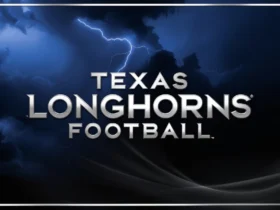

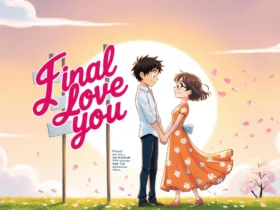
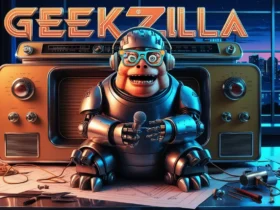
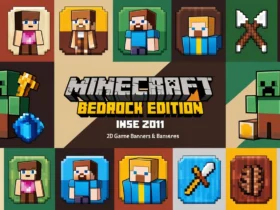

Leave a Reply